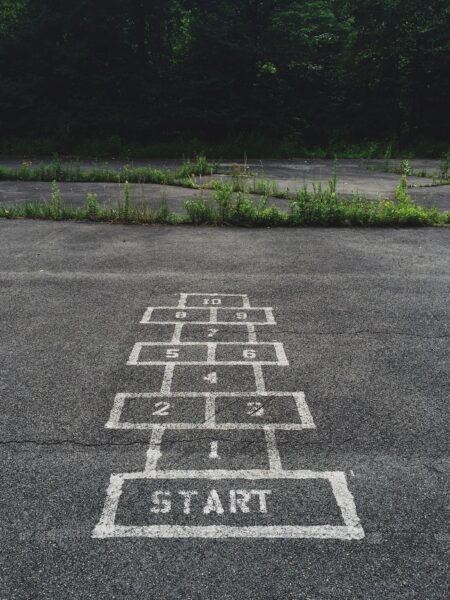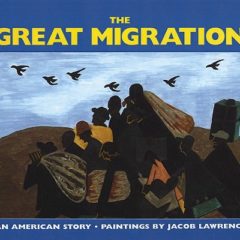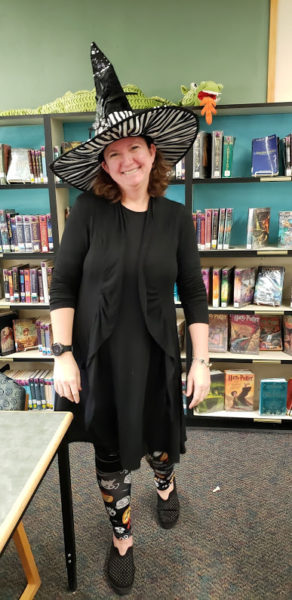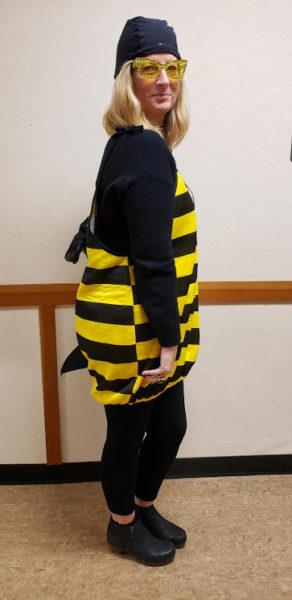For years I taught a 5/6 split. The students I had as fifth graders “graduated” into being sixth graders in my next year’s class. Half my class each year was made up of returning students; I called them my “vets.” Half my class was made up of incoming students; they were my “newbies.”
Now I teach a straight fifth grade.
Boy, I miss having a consistent roll up.
There are so many advantages to having a roll up or “looping” classroom.
ONE
When I taught in a roll up, I had every student for two years, increasing student-teacher connections. I saw more improvements. Kids who might be quiet the first year came out of their shell more the second year. They blossomed! They went from not wanting to answer a question in class to clamoring for us to take our class poetry readings on the road.
I remember one third grader announcing to me on the last day of school, “I hate doing work!” I watched him run to the bus and thought, We’ll see how long that lasts. It actually lasted all of fourth grade, but by fifth grade he turned the corner. He became a diligent student, happy to put in the effort because he loved seeing all the great things he could accomplish.
I can make a big difference in a single year. In two years I can do magic.
TWO
Students hit the ground running.
You know how you spend a long time in the fall teaching your class the routines and protocols of your classroom?
With a roll up I could do that so much faster.



